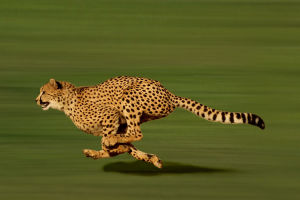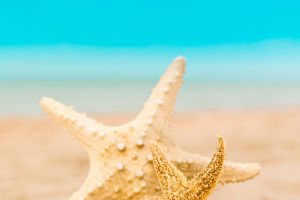Almost everyone has heard of the Silk Road, and at one time, it was not people who played the biggest role on the Silk Road, but an animal called the camel.
The desert camel was an essential means of transportation, helping to carry goods and commodities for trade, and was one of the symbols of the cultural exchange between East and West behind the Silk Road civilization.
Centuries ago, some countries also organized "desert camel cavalry" to expand their territories. Therefore, camels were indispensable for transportation and helpers in the desert.
Why did the Silk Road use camels and not horses? Because we all know that the Silk Road, in ancient times, had to go through a large area of desert, and the weather was hot and dry. But camels are more drought-resistant than horses and are more docile and willing to work.
Not only that, camels can also recognize the terrain. In case of confusion, you can follow the direction of the camel, so it is not too much to say that the camel is the "desert boat."
What is the hump on the camel's back used for? Some people may say it is used to store water, which may be the best answer in many people's minds, but it is not.
The hump on the back of the camel is not for water; it is for storing sedimentary fat, which is used to replenish the camel's nutrition in the desert when it cannot find food in the vast and dry desert and to provide the camel's survival needs. Water is stored in the camel's stomach.
How does a camel's stomach store water? The camel's stomach is divided into three chambers and has many folds called bladders, which store water when the camel drinks.
Even if the camel does not drink water for several days in the desert, the water in the stomach can sustain the camel's normal activities for several days. And because the red blood cells in the camel's blood are adapted to this extreme desert weather, they will not rupture and die immediately even if the water content in the blood changes dramatically.
But the camel can be called a desert boat not only because it can find water but also because it can store water. The nostrils of camels have many small curved airways (fibrous tubes).
When the water in the camel's stomach is heavily depleted, these airways secrete a substance that forms a hard membrane when the secretions become dry. This membrane becomes a "condenser" when the camel exhales, which retains the water in the camel's lungs and sends it back to the lungs, thus preventing the loss of water from the body.
Another important throttle is the camel's powerful kidney function, which can reuse water because of the complex and numerous brushes on top of the kidneys, which brush the consumed water again and filter some of it back into the body. This is the reason why we see camel feces in one pile and unusually dry because all the water in the feces is used very thoroughly by the camels.
Why are camels not afraid of being stuck by the thorns when they eat cactus? Because when a camel eats cactus, it will smartly flatten its tongue and use the jagged spines on both sides of its mouth to eat, because the camel's spines are hard and can fix the direction of the food to chew in one direction.
After chewing the spines of the cactus, the camel can swallow the cactus into its stomach and then soften it through stomach acid, which can protect its tongue and mouth.
Understanding the above camel knowledge is helpful to broaden horizons and improve the knowledge reserve.


